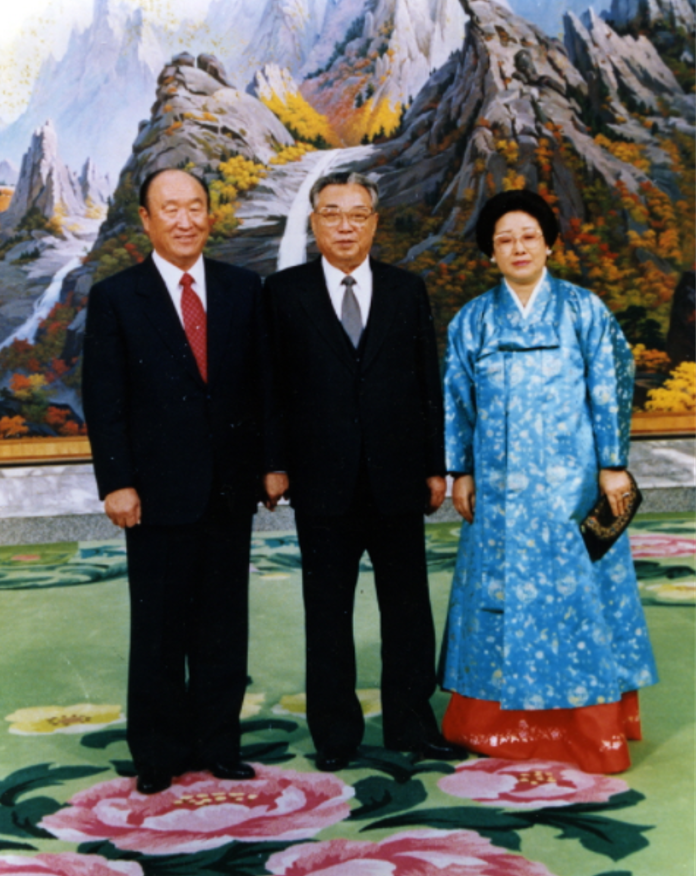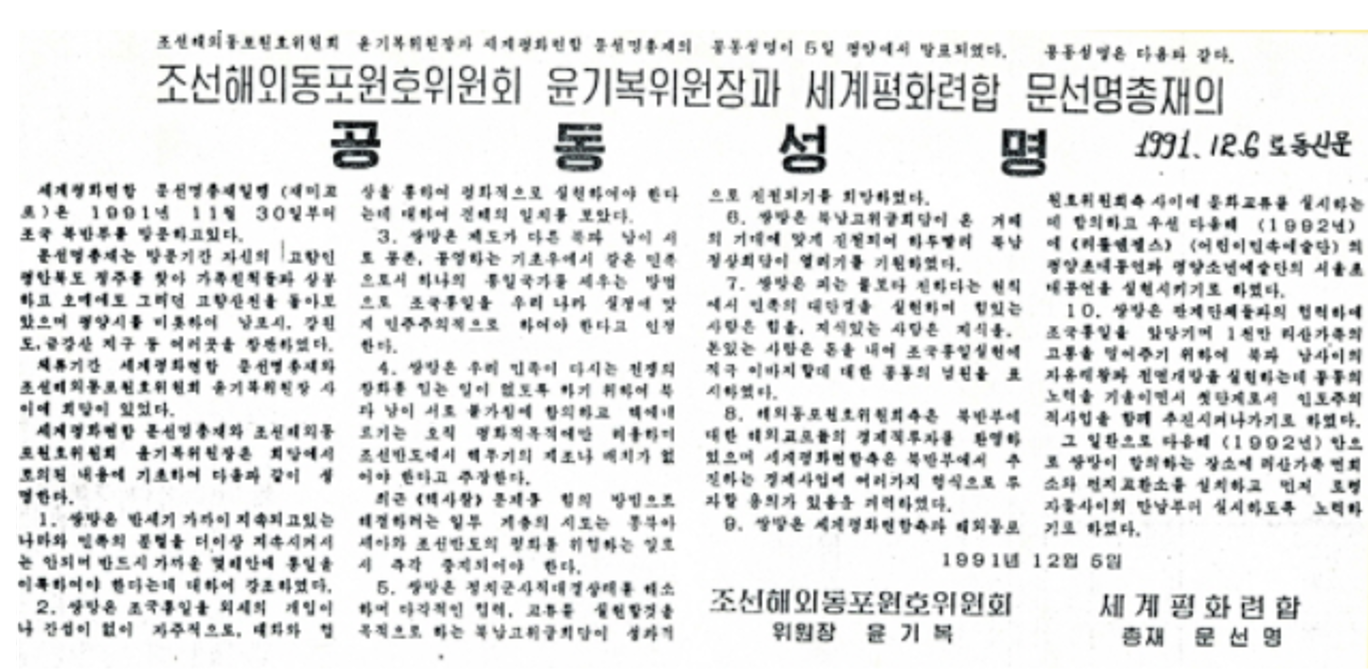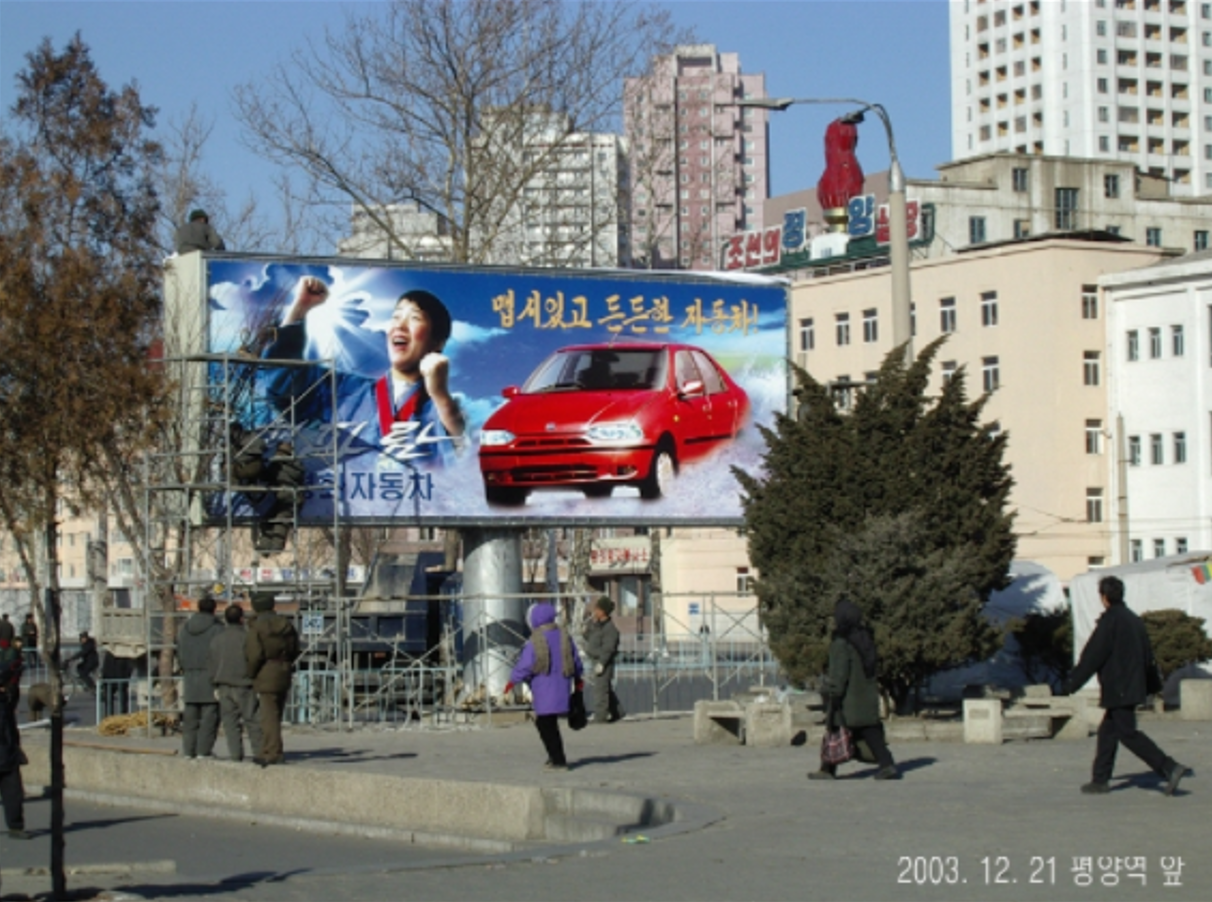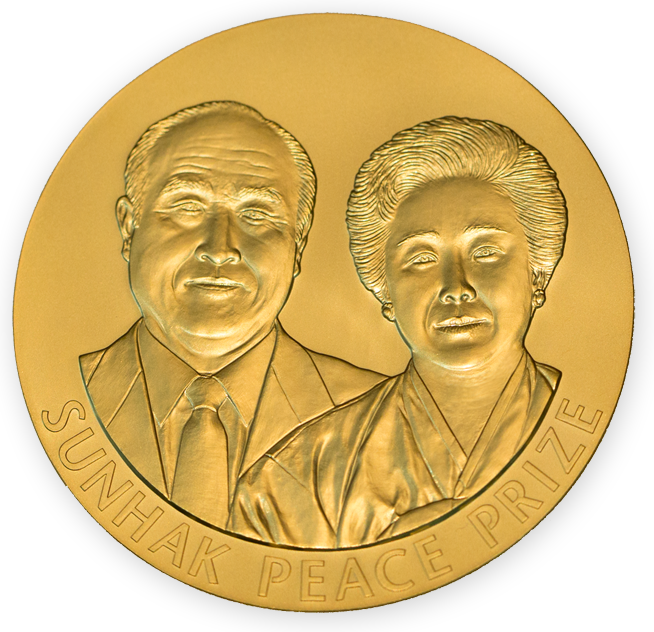Lifelong Journey to Reconcile the Two Koreas
"If South Koreans love North Korea more than they love the South,
and North Koreans love South Korea more than they love the North,
we could unify the peninsula today."
Peace on the Korean Peninsula is a crucial topic not only to the people of Korea but to the entire world. Due to its geopolitical location, the Korean Peninsula has experienced two millennia of power struggles between surrounding nations that understood Korea's geographically strategic importance and sought to capture its advantage. Korea today is the only remaining divided nation in the world and is the site of one modern age's most intense confrontations.
Rev. and Mrs. Moon, who had experienced internal displacement in their home country of North Korea, have devoted themselves to the peaceful reunification of the Korean Peninsula throughout their lives. In the midst of the Cold War, they proposed an ideology for peaceful reunification based not on political ideology or military might but on a nonviolent culture of peace centered on the true love of God and called it the head-wing ideology. In contrast to the political ideologies of the left-wing and right-wing factions, which are fundamentally driven toward maintaining power for self-interests, head-wing ideology, states that unification can be derived from our trust in the steadfast love of God.
With this in mind, Rev. and Mrs. Moon have consistently attempted communication with North Korea in their effort to "reconcile Korea to reconcile the world." The South Korean government, having been unsuccessful in reaching out to the North since the collapse of the Soviet Union in 1991, feared that the North would continue developing their nuclear program. In order to convince the North to reconsider their nuclear development, Rev. and Mrs. Moon visited North Korea at the risk of their lives and met with President Kim Il-Sung.

On November 30, 1991, Rev. and Mrs. Moon visited Pyongyang, North Korea at the invitation of President Kim Il-Sung. In their talks with the President, Rev. and Mrs. Moon candidly and intrepidly pointed out the flaws of dialectical materialism and asserted how President Kim could help unite the Korean Peninsula through love.

A joint statement by Chairman Ki-Bok Yoon of the North Korean Institutions on Overseas Korean Affairs and Rev. Sun Myung Moon of the Federation for World Peace was announced in Pyongyang on December 5. On the next day, December 6, the joint statement was published in the Rodong Sinmun newspaper. - Rodong Sinmun, December 6, 1991
At the meeting, Rev. Moon told President Kim that the only way to unify Korea was through true love and then respectfully encouraged him to sign the Joint Declaration of the Denuclearization of the Korean Peninsula and join the International Atomic Energy Agency (IAEA), earnestly noting them as the only way toward peace. Immediately after the meeting, North Korean representatives signed the Denuclearization Agreement in Seoul. Soon after on January 20, 1992, North Korea signed the IAEA nuclear inspection agreement, keeping the promise President Kim had made to Rev. Moon.
Rev. Moon’s visit to North Korea and the opening of dialogue for the reunification of Korea made top news all over the world. It was a major turning point in history that turned around the conversation surrounding the issue of the Korean Peninsula from a conversation led by international superpowers US-Russia-China-Japan into one centered on the people of the Korean nation. When Kim Dae-Jung’s administration came into office in South Korea, new and exciting opportunities for North-South cooperation arose like never before.
The strategy for peaceful reunification, in which North and South Koreans can coexist, cannot be achieved militarily or politically, but culturally and economically by building a common foundation. Rev. Moon proposed various initiatives, such as reuniting separated families, North-South economic cooperation, the development of the Mt. Kumgang Resort, and the promotion of a North-South Korean Summit, to all of which President Kim agreed. Afterward, Rev. Moon established Pyeonghwa Motors and built the Pothonggang Hotel and the World Peace Center in North Korea to promote mutual prosperity and cooperation between the two Koreas.
The peace talks between Rev. Moon and President Kim Il-Sung was the first-ever official talk held at the invitation of the North Korean government and the approval of the South Korean government since the nation’s division. The concrete efforts of Rev. and Mrs. Moon to overcome the North Korean political system with true love were a daring move that transformed the general Cold War outlook on North Korea into one of peace and mutual prosperity.

Rev. and Mrs. Moon founded Pyeonghwa Motors and built the Pothonggang Hotel and the World Peace Center to help North Korea's economy. Motivated solely by an unconditional desire for peace, their efforts led to numerous reconciliatory activities between North and South Korea.

